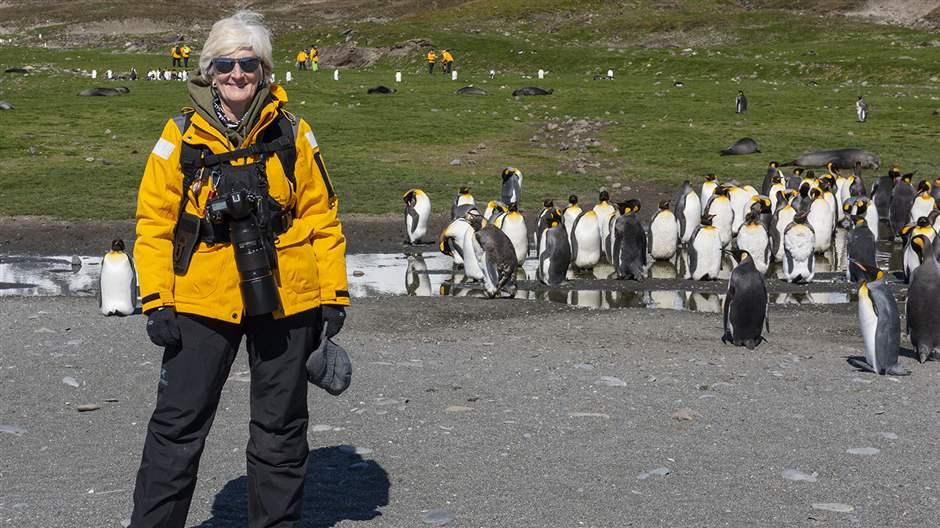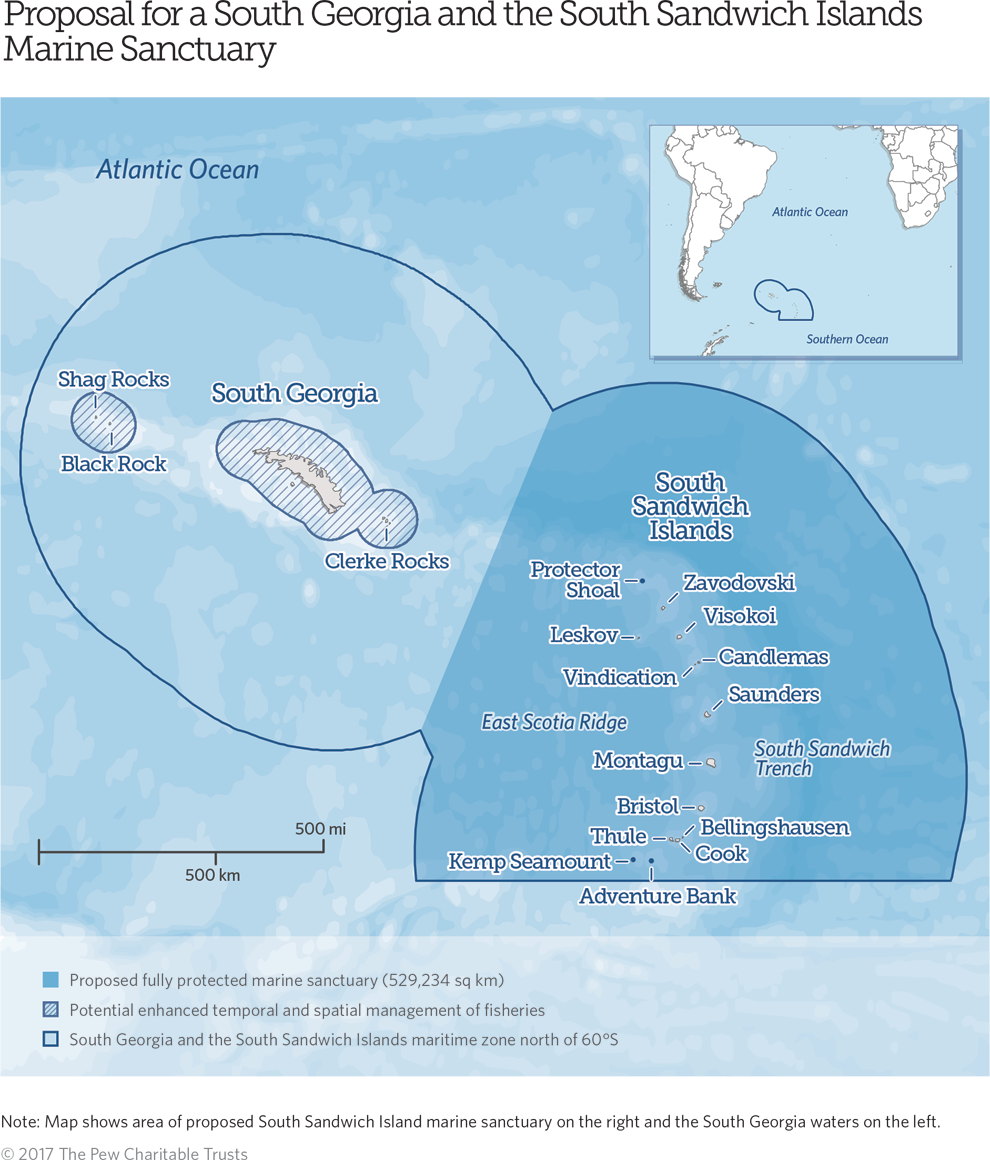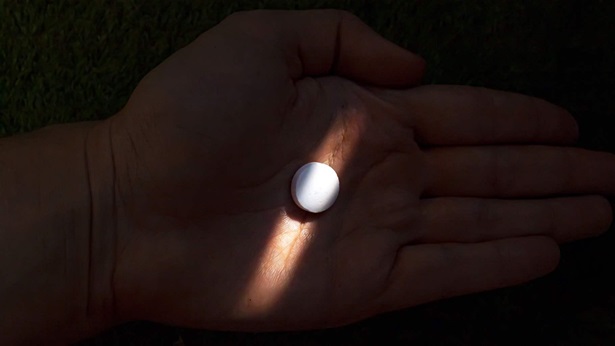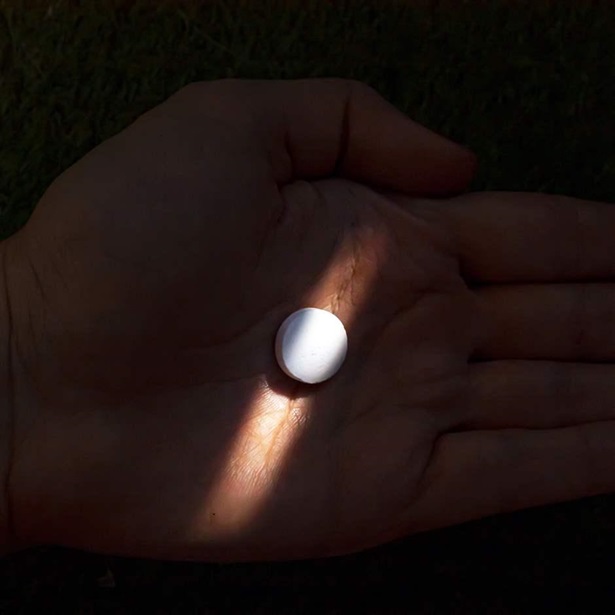Wildlife Photographer Takes Rare Shot of 5 Penguin Species Together
Image highlights need to protect remote South Sandwich Islands and the animals that live there
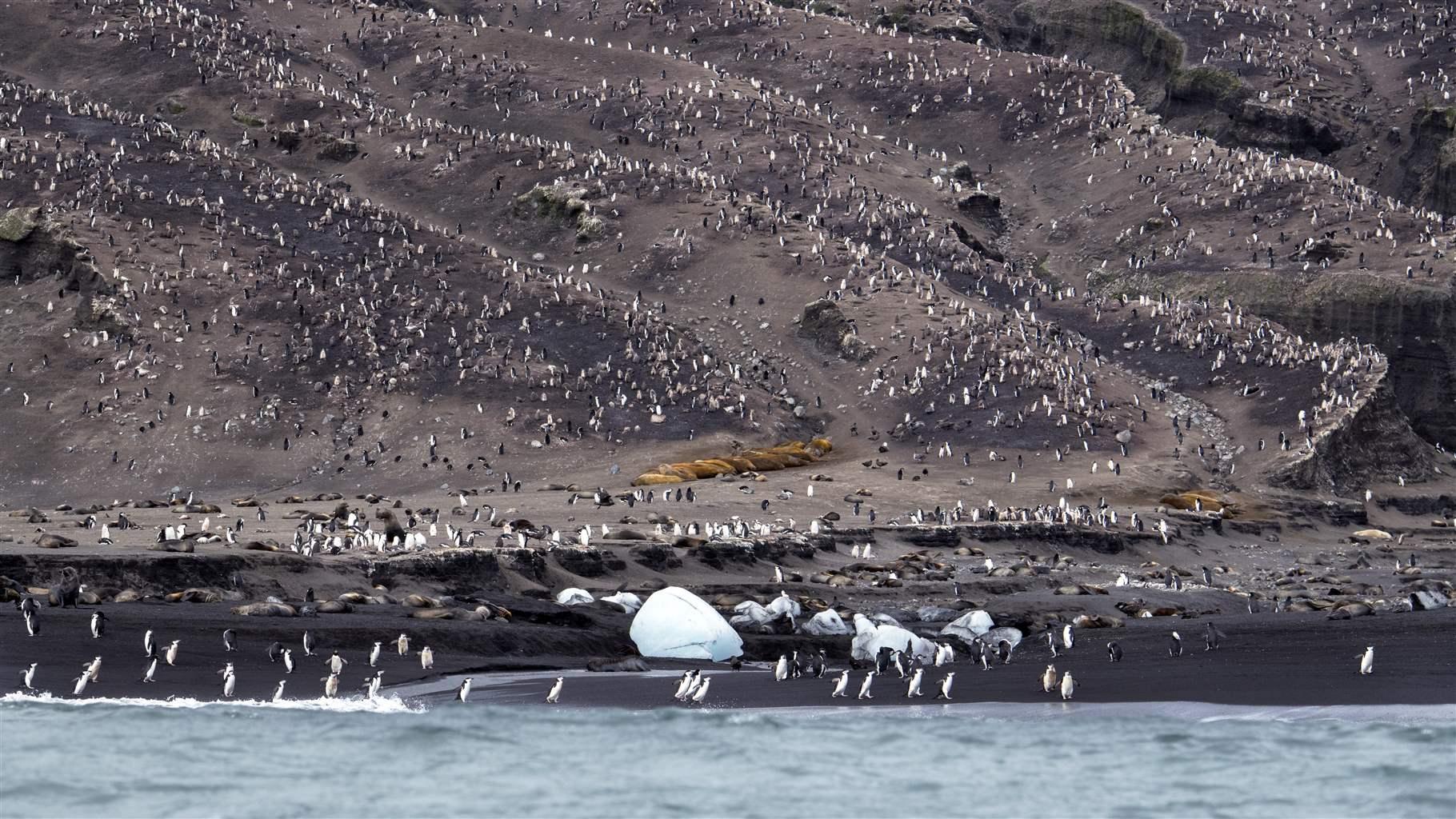
The South Sandwich Islands, a remote overseas territory of the United Kingdom, are a biological hotspot for threatened penguins and other seabirds. Photographer Cindy Miller Hopkins experienced this bounty firsthand when she captured an almost unheard-of sight: five species of penguin—Adélie, chinstrap, gentoo, king, and macaroni—together on one beach. She got the shot in February 2018 along the shores of Saunders Island, one of the 11 South Sandwich Islands, during a 26-day expedition to the Antarctic region.
The Pew Bertarelli Ocean Legacy Project, which is working to support the creation of marine protected areas in the South Sandwich Islands, caught up with Miller Hopkins to discuss her passion for wildlife photography, her journey to the South Sandwich Islands, and how her photograph could influence efforts to safeguard this special place.
Pew: Can you describe what went into capturing that image? Did you know how significant it was at the time?
Hopkins: The South Sandwich Islands are a very difficult place to reach. Once you arrive, it doesn’t get any easier! For days, we encountered wicked winds and churning seas that prevented us from [getting] ashore. So we used zodiacs [small but burly rubber boats with outboard motors] to explore the wildlife and landscapes from along the coast. I’ve spent hundreds of days photographing in polar locations but this was my first visit to the South Sandwich Islands and it was icy cold and windy. This made for challenging photographic conditions but the beaches of Saunders Island were covered with penguins, fur seals, elephant seals, and birdlife. I was in wildlife heaven, so nothing else mattered.
I wish that I could say I was clever enough to know how special the shot was when I pushed the button, but I was not. It was only during editing that I realized how many different species of penguins were on the beach. Even then, I wasn’t really aware how rare that was. I started talking with onboard naturalists and ornithologists. “I think there are five species of penguins on that beach,” I commented. It was when I saw eyebrows raised in disbelief that I started to think I might have captured something special. After taking a careful look at the image, they all agreed that indeed my penguin IDs were correct. There are only three frames with all five species. The Adélie penguin slipped into the ocean in the last few shots and then the macaroni penguin disappeared from the beach. So, yes, I got lucky!
Q: What impact do you hope your photograph can have on conservation efforts in the South Sandwich Islands?
A: This image is certainly the most scientifically significant of my 20-year photographic career. As a great lover of all things polar, north and south, it’s very exciting to think that one of my images could help protect an area I’m so passionate about preserving. I sincerely feel that [humans] only protect things that we love and feel connected to. But how do we connect people to an area that is so remote, so removed from our everyday life? We can talk about the importance of conservation all day long, but if we can’t paint an accurate picture in people’s minds, it remains a fuzzy concept. I hope my image can sharpen this vision and spark curiosity, a better understanding [of the region’s importance] and, ultimately, a love of this remote area. Only when people can see what’s at stake, what we’re in danger of losing, will they make it a priority to try and conserve it.
Q: What else did you see in and around South Georgia and the South Sandwich Islands?
A: We, of course, saw a multitude of penguins. I’m also a big fan of birds of all kinds, and was fortunate to see some rare and endemic species, including the South Georgia pintail duck and the Falkland Island pipit. We encountered lots of humpback whales and had exceptional killer whale sightings, as well. I shot over 10,000 images during this expedition. That’s a great trip!
Q: What role do you see for photography in influencing conservation?
A: Like many others, I grew up looking at the photos in National Geographic magazine and dreaming about exotic destinations. I’m so very blessed to now have a job that allows me to travel and see firsthand so many incredible things around the world. But not everyone has that opportunity. It really doesn’t matter if you’re passionate about a misunderstood fish’s place in the circle of life, or a well-known endangered species, conservation photography plays a big role in helping to get the word out about the world around us by providing others with the opportunity to see what we are talking about. Conservation photography helps raise awareness, and funds, for countless projects. As a photographer, and lover of anything wild, helping save what I love is the best paycheck ever.
Q: What do you want people seeing your images to take away with them?
A: I know South Georgia and the South Sandwich Islands are remote and that many can’t locate them on a map. Some people may even question why they’re worth talking about. But that’s part of the allure. Thanks to the internet, the growing accessibility and affordability of jet travel, and the popularity of adventure travel, this world feels like it’s shrinking, as though there’s little left that’s untouched or unexplored. I want my images to awaken a sense of wonder in those who see them, to help them realize there are still places so remote, so unexplored, and so wild as to be almost “unknown.” That in itself might be reason enough to protect them. Also, South Georgia and the South Sandwich Islands are gateway islands, a place where sub-Antarctic and Antarctic species make their home together. I hope this image, and the conservation campaign, will raise awareness not only about the islands and these animals but also about their vulnerability. There is great value to us, and to future generations, in keeping these places wild and pristine.
